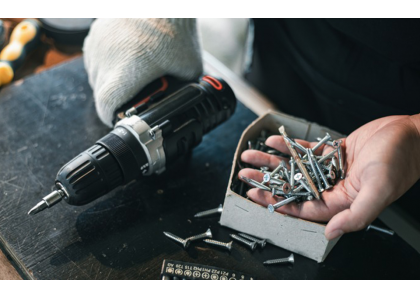
1. Application of locking nuts: Locking nuts are fasteners specially designed to prevent screws from loosening. Simply screw the screw into the locking nut and tighten it to easily lock the screw. This method is simple and convenient, and can be used in many scenarios.
2. The use of thread locking adhesive: thread locking adhesive is a special glue that can fill the thread gap between the screw and the nut, and has the role of fixing the screw. Especially suitable for environments that need to withstand vibration.
3. Installation of spring washer: spring washer contains spring plate, when the screw is tightened, the spring plate is compressed; Once the screw loosens, the spring piece returns to its original position and produces a reaction force, which prevents the screw from loosening. This method is ideal for situations where impact is required.
4. Selection of double-headed stud: both ends of the double-headed stud are threaded, which can generate greater resistance when tightened to effectively prevent screw loosening. Suitable for environments that need to withstand both shock and vibration.
5. Use of expansion bolts: The head of the expansion bolt will expand when it is tightened, and it will be tightly combined with the wall or base to prevent loosening. Especially suitable for the need to withstand large torque occasions.
6. Regular inspection and maintenance: For the screws that have been installed, their fastening status should be checked regularly, and once they are found to be loose, they should be tightened or replaced immediately. This is an effective way to maintain screw stability in the long term.
7. Reasonable selection of bolt material and size: according to the use environment and force situation, choose the appropriate bolt material and size to improve its anti-loosening performance. It is especially suitable for applications requiring high torque and vibration.